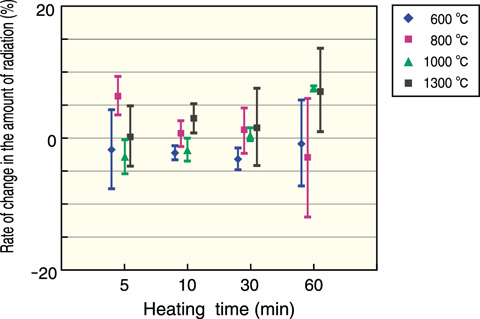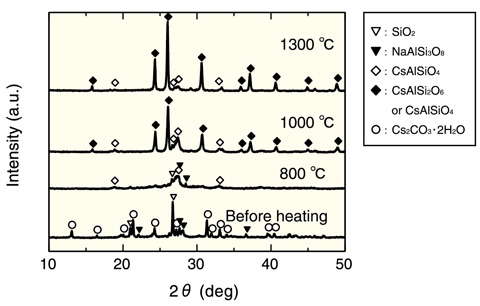
Fig.1-17 Rate of change in the amount of radiation

Fig.1-18 X-ray diffraction patterns of the soil at each heating temperature

Fig.1-19 Changes of temperature at soil surface
After the accident at the TEPCO’s Fukushima Daiichi NPS (1F), an extensive area was contaminated with radionuclides from 1F; accordingly, various methods of remedying such contaminated soil have been investigated. Because the primary material contaminating soil is radiocesium, it has been postulated that such contamination could be removed by adopting a heating method that focuses on the high volatility of cesium (Cs) compounds at relatively low temperatures. To investigate the possibility of removal by in situ ground heating, the behavior of radiocesium in the soil environment was evaluated using an electric furnace. A burner was used for in situ ground heating because it avoided the need to introduce large machinery.
Fig.1-17 illustrates the rate of change in the amount of Cs-137 in response to heating using the electric furnace. The rate of change of the amount of radiation varied from -12.0 to +13.5% in response to heating to temperatures of 600~1300 °C, with no noticeable volatility of radiocesium.
To confirm the reactivity of the soil and cesium due to heating, the crystal structure of a mixture of soil samples and cesium carbonate reagent (weight ratio 2:1) was analyzed after heating. The results indicate that stable compounds such as cesium aluminum silicate (CsAlSiO4) were formed by the reaction of sodium aluminum silicate (NaAlSi3O8), silicon dioxide (SiO2), and others during heating of Cs-contaminated soil (Fig.1-18).
Fig.1-19 illustrates changes in the temperature at the soil surface as a result of heating with a burner. More than 15 min of heating was necessary to achieve a relatively high soil temperature with the portable burner, and the maximum temperature of the soil was about 700 °C. Moreover, it was found that this technique resulted in spot heating; a considerable amount of time was required to heat a wide area.
Although it is possible to heat the soil to relatively high temperatures, radiocesium would then form stable compounds with materials in the soil, causing the radiocesium to remain in the soil.